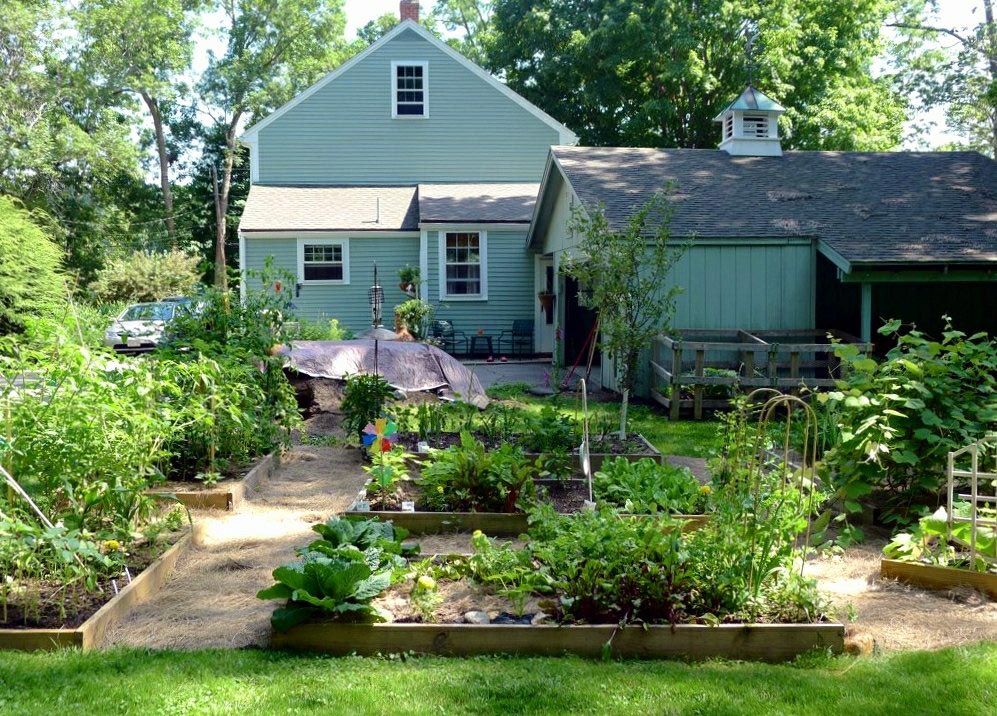Welcome to the world of knitting and crocheting basics, where creativity meets functionality. Whether you’re a homestead dreamer or someone looking to engage in a rewarding hobby, understanding these crafts can be incredibly fulfilling. Knitting and crocheting are not just about creating beautiful pieces; they are about embracing a lifestyle of sustainability and self-sufficiency.
As a part of the homesteading community, learning the basics of knitting and crocheting can serve as a gateway to a more self-reliant lifestyle. Just like learning yogurt making or implementing rainwater systems, these crafts enhance your ability to produce homemade and heartfelt items.

The Art of Knitting
Understanding Knitting
Knitting involves using two needles to create a series of loops that form a fabric. This craft is perfect for making warm garments such as scarves, sweaters, and blankets. The rhythmic motion of the needles can be soothing and meditative, making it a great way to unwind after a busy day on the homestead.
Getting Started with Knitting
To begin, you’ll need some basic tools: a pair of knitting needles, yarn, and a pattern. For beginners, it’s advisable to start with simple projects like a scarf. Choose a yarn that’s easy to handle and a pattern that uses basic stitches.
The Craft of Crocheting
What is Crocheting?
Crocheting is similar to knitting, but instead of two needles, you use a single hook to create intricate patterns. This technique is often used to make doilies, afghans, and even clothing. Crocheting allows for a great deal of creativity, as you can easily adapt patterns to suit your personal style.
Starting Your Crocheting Journey
You’ll need a crochet hook, yarn, and a simple pattern to start. Like knitting, it’s best to begin with straightforward projects. A small dishcloth or pot holder can be an excellent way to practice basic stitches.
Choosing the Right Materials
Yarn Selection
The type of yarn you choose can significantly impact your project. For those new to knitting and crocheting, a medium-weight yarn is ideal as it is easier to work with. As you become more skilled, you can explore different yarn textures and weights for varied effects.
Needles and Hooks
Choosing the right size needles or hooks is crucial. The size should match the yarn weight and the pattern requirements. Using the correct size will ensure your stitches are even and your finished product looks professional.
Basic Stitches to Master
Knitting Stitches
The most fundamental stitches in knitting are the knit and purl stitches. Mastering these will allow you to create a wide variety of patterns. With these basic stitches, you can produce ribbing, stockinette, and garter stitch fabrics.
Crocheting Stitches
For crocheting, familiarize yourself with the chain stitch, single crochet, and double crochet. These stitches form the foundation of many patterns and are essential for creating different textures and shapes.
Project Ideas for Beginners
Simple Knitting Projects
Start with a simple scarf or a dishcloth. These projects use basic stitches and provide a great opportunity to practice tension and technique.
Easy Crocheting Projects
Consider creating a small blanket or a set of coasters. These projects are quick to complete and will boost your confidence as you see your skills develop.
Troubleshooting Common Issues
Knitting Challenges
Common issues in knitting include dropped stitches and uneven tension. To fix a dropped stitch, use a crochet hook to pull the loop back through the fabric. Consistent practice will help in achieving even tension.
Crocheting Mistakes
In crocheting, one might encounter miscounted stitches or tension problems. Regularly counting your stitches can prevent errors, and practice will help you maintain consistent tension.
Benefits of Knitting and Crocheting
Beyond the joy of creating handmade items, knitting and crocheting offer numerous benefits. They can enhance mental well-being, improve focus, and provide a sense of accomplishment. These crafts are also excellent ways to connect with others, whether through local groups or online communities.
Incorporating into Homestead Lifestyle
Integrating knitting and crocheting into your homestead lifestyle can be incredibly rewarding. These skills can help reduce waste by repurposing yarn scraps and creating durable, reusable items. For more tips on living sustainably, explore ways to reduce waste on your homestead.
Connecting with the Community
Joining a knitting or crocheting group can provide a wealth of knowledge and support. These communities are often eager to share tips, patterns, and encouragement. They can also be a source of friendship and a way to connect with like-minded individuals.
Advanced Techniques to Explore
Once you’ve mastered the basics, you might want to explore more advanced techniques. In knitting, this could include cabling or lace work. For crocheting, consider learning how to create intricate motifs or exploring Tunisian crochet.
Conclusion
Learning the basics of knitting and crocheting is a journey of creativity and self-reliance. As a homesteader, these skills offer you the ability to create beautiful, functional items that enhance your lifestyle. Whether you’re knitting a cozy blanket for your home or crocheting a gift for a friend, these crafts are a testament to the art of making.

FAQ
What is the best yarn for beginners?
For beginners, a medium-weight yarn is recommended. It’s easier to handle and helps you see your stitches clearly, making it ideal for learning the basics.
How long does it take to learn knitting or crocheting?
The time it takes to learn varies by individual. Some people pick up the basics within a few days, while others may take a few weeks. Consistent practice is key to improving your skills.
Can I learn both knitting and crocheting?
Absolutely! Many people enjoy both crafts. Each has its unique techniques and benefits, and learning both can enhance your creative repertoire.
For more homesteading ideas, visit Backyard Ideas.





